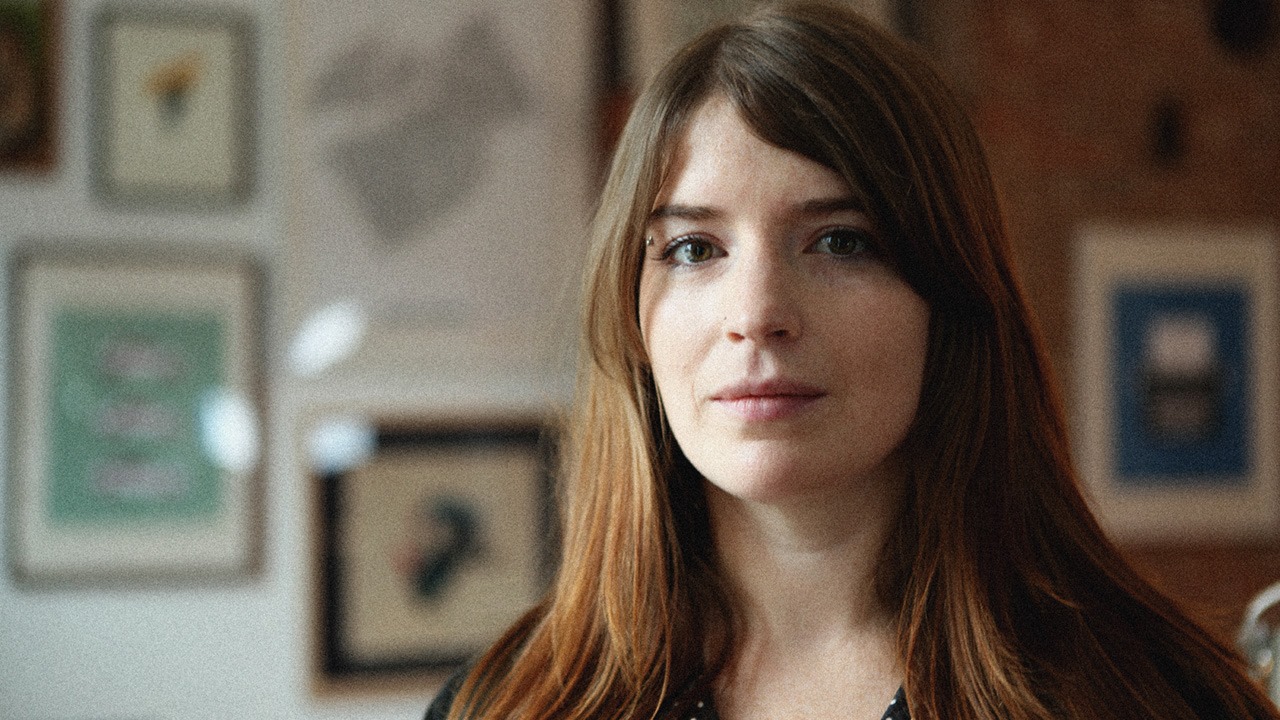
Is Craft Beer Creeping up on Big Beer Brands?
Between tap takeovers, countless new beer festivals, brewpubs appearing on every downtown street and a major expansion of the craft beer section in your local liquor store, it sure seems like craft beer is taking over. Beer lovers are certainly enjoying the increase in diversity, experimentation and availability of these unique smaller-batch beers. But what does the growth of the craft industry mean for their famous competition? I’m talking about the well-established behemoths of “Big Beer” brands like MolsonCoors and Anheuser-Busch, that control more than 90% of the total beer sales in Canada. Furthermore, what does it mean for the future of the Canadian beer industry as a whole?
The Emergence of Craft
While the recent boom in craft beer might make it seem like a new phenomenon, craft beer actually predates its “Big Beer” brethren by generations. Small-scale craft brewing dates back to the middle ages and beyond when every pub or inn brewed their own ales on site. This is a practice that naturally made its way to North America. In fact, before World War One there were over 110 independent breweries in Canada alone. But with the industrial revolution and large-scale production taking over, the number of separate breweries dwindled down to only 10 by 1980. During this time the top three brands in Canada, Molson, Labatt and Carling O’Keefe, owned 96% of the market share, leaving little room for variety.

With the market monopolized by easy-drinking, highly-carbonated, low-hop brews, the desire for diversity reached critical mass. The top two beer brands – Molson Canadian and Labatt Blue were produced with mass-consumption and commercial appeal in mind. Made with large amounts of corn and rice while steering clear of the traditional, more bitter flavour of barley and hops, they were failing to deliver the variety in flavour sought by the new generation’s connoisseurs.

The resurgence in the popularity of craft beer has been on a slow but steady incline over the last three decades. In Canada the first two microbreweries opened in Vancouver, BC with Horseshoe Bay Brewing arriving on the scene in 1982, followed by Granville Island Brewing in 1984. That same year Brick Brewery appeared in Waterloo, Ontario. Over the next few years the craft market gradually began to gain notice with the opening of around 40 more breweries in Ontario and British Columbia. Imported and cheap domestic beer remained the brews of choice throughout the 1990’s, yet craft growth continued, and by 2001 over 163 breweries were operating in every province of the country and the Yukon.

The growth continues with British Columbia (38% increase in craft beer sales over the past year and more than 80 craft breweries. Expected to rise to 100 by the end of 2015), Ontario (over 110 craft breweries with a market that has more than tripled since 2003 and continues to grow by upwards of 10% per year) and Quebec leading the way. Let's not forget the Maritimes and Prairies, also seeing major growth in craft beer production and sales.
What is a Microbrewery and What the Heck is a Brewpub?
With the boom in popularity of any industry comes terms and jargon that can confuse us mere plebs. Perhaps I can be of service by clearing up two terms that have been thrown around a lot lately.
Craft beer is “crafted” mainly in two types of places. You’ve got your craft breweries - or microbreweries, and your brewpubs. What does that mean and what is the difference? Well…
Why a Microbrewery?
The term microbrewery can be used to specify the size of the brewery or, more generally, the overall attitude and marketing strategy of the brewery. The Brewers Association of Canada defines a microbrewery as one that produces less than 250,000 hectalitres of beer annually.
Microbreweries (AKA craft breweries) can also be identified by their more experimental, hand-crafted, creative approach to beer production than macrobreweries or “Big Beer” brands. They compete more on the merits of the quality of their ingredients, hands-on production, and the variety of beer they produce - rather than using the big brands’ marketing strategies based on price and high budget advertising.
A Brewpub?
More simply, the term brew pub is a compound word combining brewery and pub (public house) into one. Why? Because a brewpub is a pub that brews its own beer on its own premises. Brewpubs range in size and style, from humble old-style pubs to upscale restaurants offering gourmet beer and food pairings. Many brewpubs also run shops where they offer small-scale commercial sales of their products as well as merchandise celebrating their brand. Naturally, with the booming popularity of craft beer, brewpubs are also on the rise.
Big Beer VS Craft Beer – It’s On!
The beer world has long been ruled by “macrobreweries” or the multi-national conglomerates of the industry, endearingly referred to as “Big Beer”. It’s no surprise then that taking on these corporate giants is no trifling matter. Today craft beer makes up roughly 6% of the beer industry’s total market share in Canada - an all-time high and a major feat considering the immensity of the output of big brands. And it’s expected to continue to creep up, reaching as high as 10% by the end of the decade.
Big Beer strikes back
One strategy used by big beer brands to curtail receding market share has been to buy up successful microbreweries outright. The first two to be snatched up were Creemore Springs and Granville Island, purchased by Molson in 2005 and 2009 respectively. Quebec’s Unibroue was absorbed into the Sleeman portfolio in 2004, now owned by Japan-based Sapporo. More recent strategies include producing their own “craft-style” beers, as Moosehead has done with their Hop City line of craft beers. Molson debuted Molson Wheat in 2013 and Labatt-owned Alexander Keith launched their Brewmaster series of specialty hopped beers.
Bigger beer brands often invest in successful, competing craft beer brands to keep profits up. However, despite the efforts of macrobreweries, the little guys keep popping up and the slowly eroding market share of the big brands is expected to continue.
The Future of Beer
So – Craft beer is growing, big beer brands are plateauing or waning. What does this mean for the future of beer? Well. Despite the growth of the microbrewery industry, beer sales and consumption was actually slightly down this year (0.1% according to Statistics Canada). There were pockets of growth in some regions, including PEI seeing an increase of 4.6%. The culprits of this diminished growth? Wine, spirits and ciders are taking a small but significant bite out of beer consumption in Canada, despite craft beer’s double-digit growth - more bad news for the big brands.
The boom in craft sales is expected to benefit the beer industry overall. Regions that experienced the largest growth in craft sales also increased in sales of domestic and imported beer. In regions with little to no craft sales there is a decreasing trend in beer consumption overall.
Though big beer brands are taking measures to ensure their share of the beer market remains in the 90th percentile, they claim the recent boom in craft beer is not threatening, but rather a boon to the industry representing an overall renaissance in the beer world, benefiting each player. It seems likely that we will see a continued increase in the diversity of products available, aided by growth in trends like gluten-free and fruit-infused beer. Relaxing liquor laws will continue to aid in the sales and production of small-scale breweries, while a lack of import taxes on foreign beer will continue to keep large international brands on the shelves.
The future of craft beer looks bright, as the renaissance continues and the brewmasters and creative marketing keep big beer on its toes. Craft breweries are simultaneously taking beer back to its roots, using traditional ingredients and brewing techniques, while pushing the industry into the future through innovation and experimentation. I, for one, am looking forward to the next chapter. Bottoms up!
Sources
Statistics Canada
Brewer’s Association of Canada
Thedrinksbusiness.com
Wikipedia
TheCanadianEncyclopedia.ca




2 comments :
Hi,
In the graph 'who is a craft beer drinker?', there seems to be a mismatch between the age groups. The brownish bar indicates that 26-34 yrs old are the largest drinker yet the percentage is lower than the next age group with 41.5%. Which age group drinks the most? Was the brown bar switched between age groups or the percentages switched by accident?
Thx
These are all provided by a number of the} 점보카지노 greatest names within the iGaming world — allowing you to check a number of the} world’s most interesting actual cash games entirely for free. Playing free slots is entertaining and thrilling, precisely like playing in} for actual cash, so find a way to|you possibly can} get pleasure from gambling with out the hazard of losing cash. These free slots are the best way to get a feel for the games before deciding whether or not or to not play for actual cash. They might also be a great option should you're broke or simply need to take a break from the exercise. Play on any system – Our free slots are suitable with multiple of} devices. You can play slot machines online for free in your desktop laptop and a variety of mobile devices.
Post a Comment